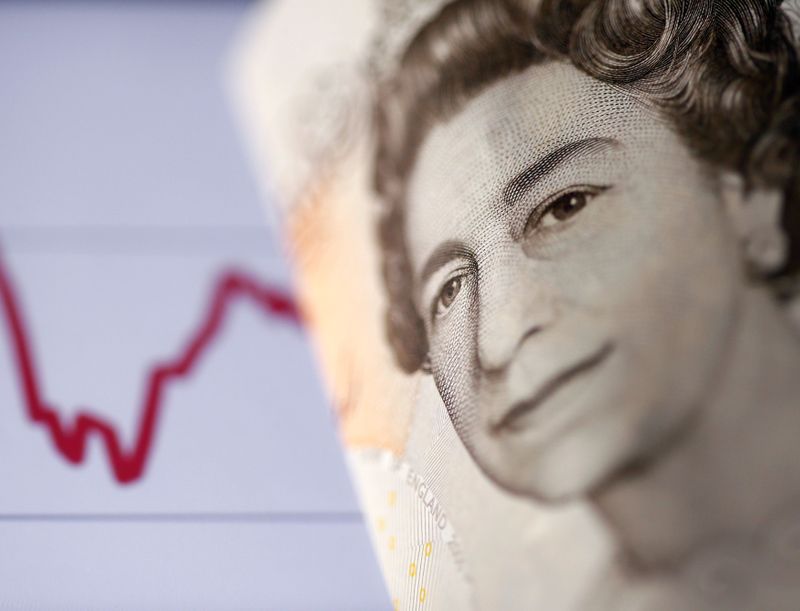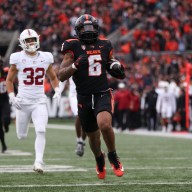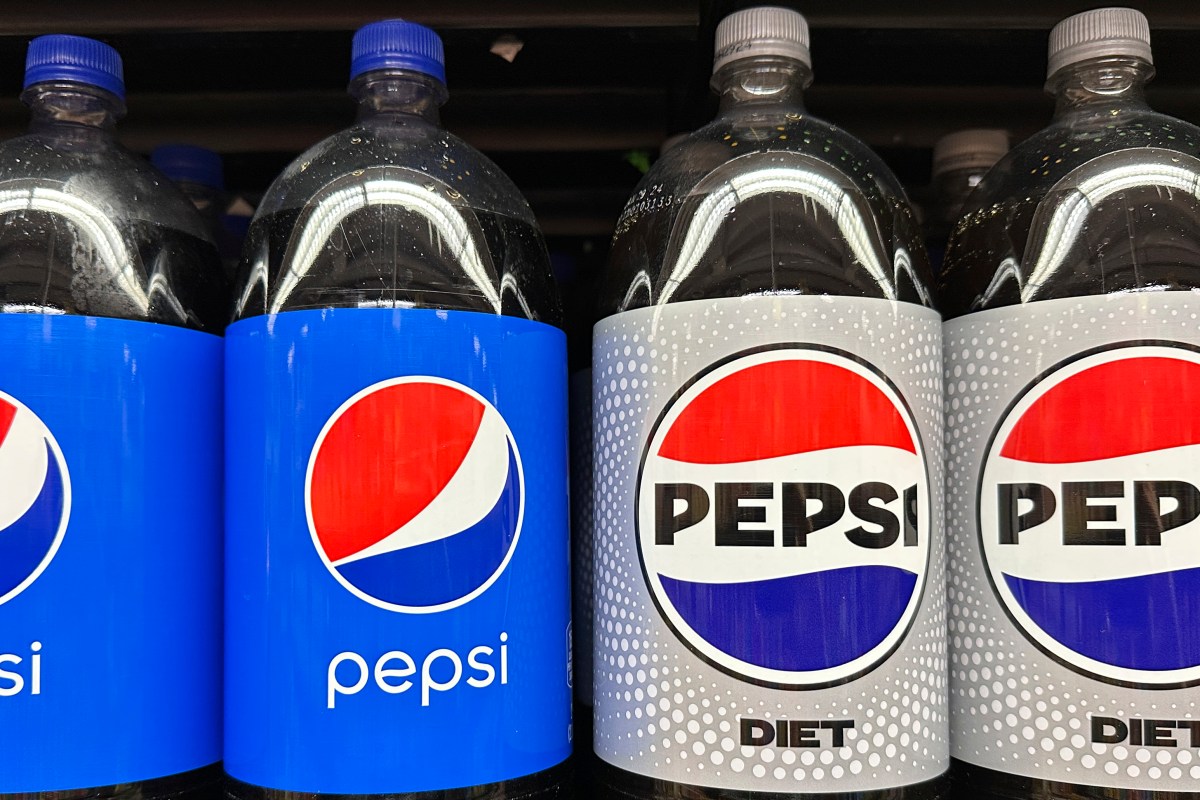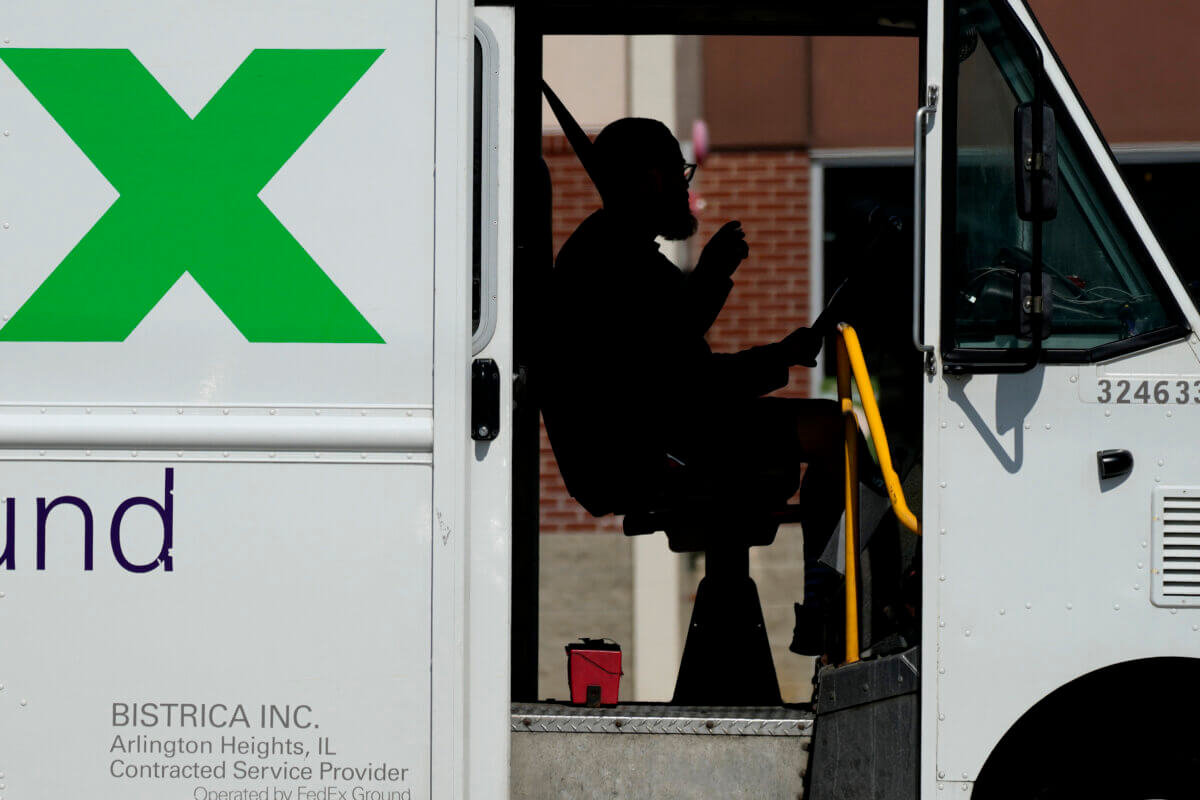LONDON (Reuters) – Currency traders are seeing increased demand for derivatives that enable holders to position for a stronger pound, as improved chances of a Brexit trade deal start to push the risk of negative interest rates off the table.
Sterling is 4% off 2020 highs of $1.35 hit last month when Britain appeared set to exit European Union trading arrangements with no alternatives in place, a catastrophe that could force the Bank of England to cut rates below 0%.
But recent positive news around Brexit talks have flipped markets into bullish mode, lifting sterling back toward $1.30.
“A month ago I would’ve said (UK Prime Minister) Boris Johnson has offended the Europeans to a point where they don’t want to negotiate with him,” said Mark Holman, CEO at TwentyFour Asset Management, adding that talks seemed to be getting “warmer and warmer”.
Goldman Sachs is advising clients to buy sterling, predicting a trade deal by November.
But many prefer to position via options — derivatives which allow holders to buy or sell at a pre-agreed price within a stipulated time period.
Last week for the first time in two months, “call” volumes for sterling surpassed “puts”, implying greater demand for options conferring the right to buy, rather than sell the pound, data from the Depository Trust & Clearing Corporation (DTCC) show.
Morgan Stanley’s proprietary tracker also showed clients bought more pound calls versus the dollar and euro last week.
Another gauge, risk reversals, which measure the ratio of pound calls over puts, showed that a month ago investors were the most bearish on sterling in six months, at 2.3. This has since halved.
(Graphic: Risk reversals https://fingfx.thomsonreuters.com/gfx/mkt/dgkplbyqepb/Pasted%20image%201601983450761.png)
And implied sterling volatility — an option market measure of expected price swings — has slipped off mid-September highs.
(Graphic: Implied volatility https://fingfx.thomsonreuters.com/gfx/mkt/qmyvmblewpr/gbp.PNG)
Demand for sterling in option markets stems partly from dampened negative interest rate expectations; money markets have pushed back bets on sub-zero rates to May 2021, from March. <BOEWATCH>
For now, traders are not betting too big on pound strength — there are some $500 million of call “strikes” at around $1.33-$1.35 by end-October, DTCC data shows, levels at which option holders can exercise their right to buy.
That’s nowhere near early August levels, when $1.5 billion worth of options were setting limits between $1.35-$1.40.
Morgan Stanley data also shows asset managers selling pound futures, while leveraged funds’ short pound positions are back near early July highs, albeit far below year-ago levels.
But with overall bets still neutral to slightly short, there may be scope for a significant pound rally if Brexit talks go well from here.
(Graphic- CFTC positioning https://fingfx.thomsonreuters.com/gfx/mkt/qmypmbljlvr/CFTC%20positioning.png)
(Reporting by Saikat Chatterjee and Elizabeth Howcroft; Additional reporting by Richard Pace; Editing by Sujata Rao and Lisa Shumaker)



















